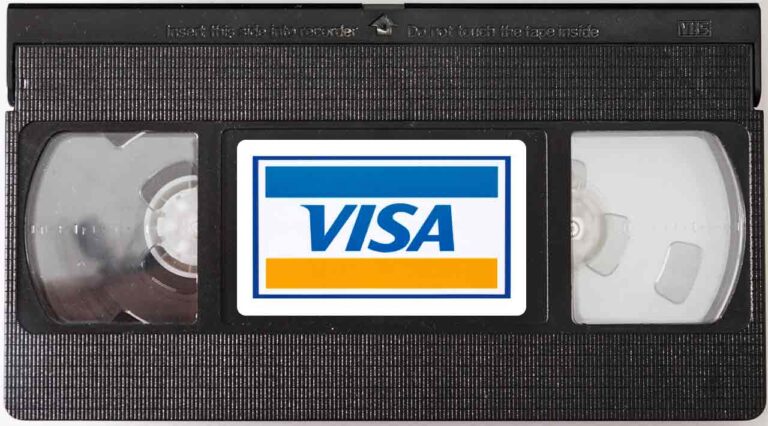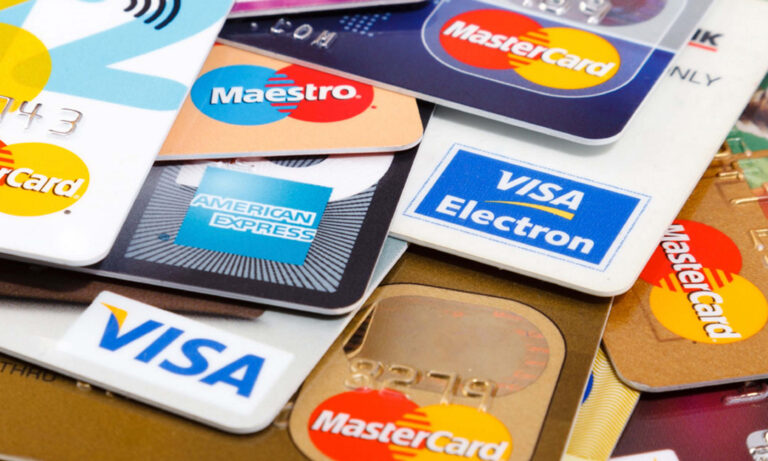Getting Paid: The Wild Ride of Authorizations

Compared to cash purchases, the authorization of credit card transactions is almost comically complicated. To really understand it, you have to read this in the voice of a sports announcer…
“Cardholder takes out their card to make a purchase. Merchant gateway records transaction then sends it to an acquirer. Acquirer authenticates and submits to the card network. Card Network forwards to the issuer. Issuer approves or declines. Declines return back down the chain, no money *crowd boos*. Approvals post pre-auths on cardholder’s account, then run back down the chain to the merchant. Merchant presents a batch of approvals for clearing *cash register rings* Transaction is settled. GOOOOOOOOOAAAAAAAALLLLLLLLLL!!!
Let’s roll tape and look at the play…
Authorization
Here’s where the merchant takes the information given to them by the cardholder and moves it down the field to the issuer. The acquirer essentially buys the transaction from the merchant less the discount rate. So if the discount rate is 4%, the merchant gets $.96 for every dollar it requests through the acquirer. The $.04 discount fee covers the interchange fee for the issuer & card network plus a little something for the acquirer.
Authentication
The card network then buys the transaction from the acquirer less its interchange fee and resells it to the issuer. The issuer gets a portion of the interchange fee for authenticating the transaction. It checks the cardholder account and if the authorization request matches with the account—if it’s in good standing, if there are sufficient funds, if the card used isn’t lost, stolen, or expired. If the request is declined, the banks and network still get their fee, end of story.
The Pre-auth (authorization hold)
When the issuer authorizes a transaction, and once the merchant receives that authorization, a hold is placed on the cardholder’s funds. In the payments industry, an authorization hold is known as a “pre-auth”. Pre-auths basically take the funds hostage until the entire transaction is settled.
Debit or Credit?
Settlement occurs when everyone gets their money. In the case of credit settlement, the merchant captures all their transaction approvals together into a batch. They present that batch back through the same chain the initial transactions came: acquirer -> network -> issuer -> cardholder. The transaction is finally settled once the cardholder pays their monthly statement. In a debit settlement, there is no batching or presentment; approved transactions are automatically debited from the cardholder and sent back down the chain to the merchant.
That was seriously complicated, #amIright? Then again, money is never simple. At ChargebackHelp, we are all about breaking down the complexity into nice chewable bytes. If you have any questions about your transaction process, drop us a chat down on the right, shoot us an email, or go old-school and call us 1.800.975.9905 … we’d love to help you out.






